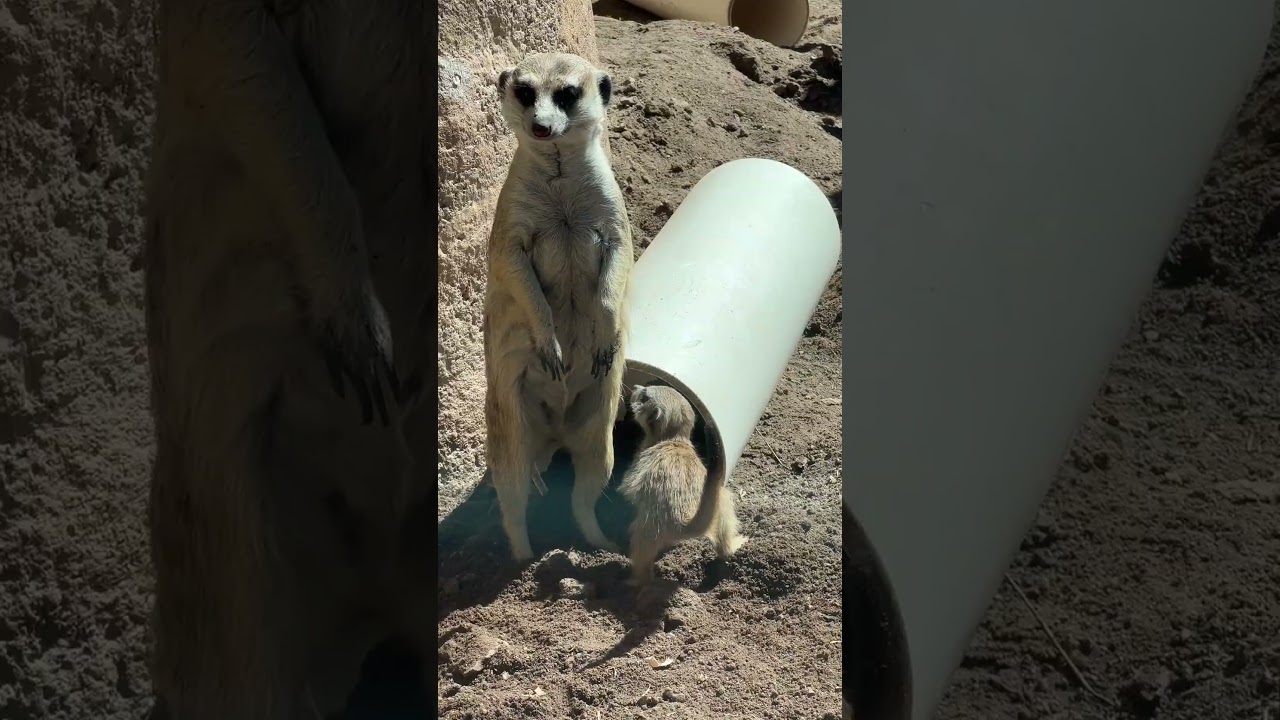– The developmental significance of first-time exploration for canine pups
– Analyzing a pup’s sensory engagement and environmental interaction during initial expeditions
– Implications for zoo management practices in facilitating natural exploratory behaviors in captive settings
– Contributions of wildlife conservation efforts to the understanding of canid development in the wild
– Educational perspectives on observing and interpreting pup behavior during formative outings
Like their wild counterparts, Puppies undertake a profound journey of discovery when they venture outside for their first exploration. This initial sortie is a rite of passage and an essential phase in their developmental process. Amidst the excitement and trepidation of new sights, sounds, and smells, these young canines begin navigating their environment’s complexities, an essential task for survival and well-being.
From a zoological perspective, these formative excursions are a fundamental building block in a pup’s life. The experiences gathered during these forays contribute to cognitive growth, physical development, and social understanding. Observing pups during their exploratory endeavors can reveal much about their innate behaviors, learning abilities, and adaptive strategies.
Pups rely heavily on their sensory perceptions to interpret the world around them. Initial explorations are sensory-rich experiences where each touch, sound, and scent contributes to their understanding. A series of firsts characterize this period: the first touch of grass under their paws, the first deciphering of auditory cues, and the first encounters with foreign objects. These moments of discovery are critical for developing spatial awareness and recognition skills necessary for navigating their habitats, whether in the wild or in managed care.
In zoo management, facilitating natural exploratory behaviors poses both an opportunity and a challenge. Creating environments that mirror the native habitats of canids allows pups to engage in instinctual behaviors. These spaces should be dynamic and enriched, providing physical and mental stimulation that promotes exploration and learning. Zookeepers are often tasked with developing appropriate enrichment activities that elicit natural behavior patterns while ensuring the animals’ safety and well-being.
Wildlife conservation efforts contribute significantly to our ever-expanding knowledge of canid development. Through field observations and studies, biologists document and analyze the behaviors of wild pups as they explore their habitats. This information is vital in understanding the needs of different species and how they adapt to the diverse ecosystems they inhabit. Conservation programs often support research that informs both in-situ and ex-situ conservation strategies, ensuring the well-being and survival of these species in the wild and in captivity.
Educators play a key role in interpreting these moments of discovery for the public. By offering insights into pup behavior, such as the significance of play in development or the importance of social interactions, educators foster a deeper appreciation for these animals. Video footage of pups’ initial explorations can serve as compelling educational tools, providing a glimpse into the lives of these animals that stimulates interest and empathy.
The first exploration outside for a pup is a moment teeming with learning and development. It provides a window into the intricate processes that shape these creatures into adept inhabitants of their worlds. Observing the interactions and responses of pups during this vital period offers invaluable insights for zoo management, conservationists, and educators alike. Combined, these efforts contribute to a holistic understanding of canine development, which is instrumental in ensuring the longevity and health of these species, both in managed care and in the wild.
*****
Source Description
Pups’ first exploration outside!
Hulabaloo, Sage and their two 1-month-old meerkat pups recently ventured outside for the very first time since the pups were born on March 2.
Guests can keep an eye out for the young family in the west meerkat habitat in Encounter Africa.


